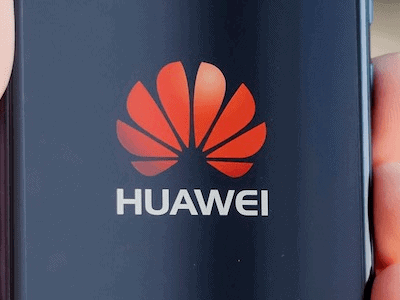As somebody closely monitoring mobile phone and tablet markets on a day-to-day basis, and going through specifications and features of almost all of the models announced, I decided to conduct a ‘features audit’, in order to analyse what are some of the improvisations that may be required by users, that are currently missing in available devices. I feel some of these features should be definitely incorporated into new models by vendors who see a potential in expanding the market or tapping into niche segments.
I plan to write a series of blogs, each talking about one specification on my wish list. Today I present the first in this series.
We all have to view the screen of our mobile devices, in order to be able to use them. This assumes greater significance now, particularly on account of rising trend of data consumption via 3G networks. Now tell me how many of us read our text messages and / or email with the help of a pair of spectacles or contact lens. Well we don’t have a user study on this aspect just yet, but I am sure a large number of youth and executives reading this blog are wearing a lens of some type. Carrying spectacles has always been fussy. Particularly after mobile phones became de facto communication devices. Add on a Tablet and the experience becomes even more frustrating. Generally, those suffering from hypermetropia do not continuously wear glasses. They put these on, only when they start to read something. So, at most times such users carry glasses in a case or in their shirt pockets.
Now, let me discuss how a feature enabled in these devices can address this issue. The front camera on the device should be able to check my eyesight and based on my vision strength and other parameters, it should automatically adjust the focal length of the display. With membrane displays this should not be something impossible to achieve. The liquids within the layer can be accordingly adjusted to get the desired lens type with the requisite focal length.
In this manner, whenever the user holds a mobile phone or tablet in the palm of his / her hand, no spectacles will be required. This could be a very useful feature to incorporate for companies looking to tap the market for devices aimed at the elderly and senior citizens. Since, these devices are very personal in use such a customisation may need to be done once, at the first instance of use and can be stored as a preferred setting. The device could also be programmed to do this test once every six months, as is recommended by most ophthalmologists. If a change in eyesight parameters is detected, the device will accordingly adjust its display to the new focal length of the user.
Such a technology may also provide an answer to another question I have been curious about – when displays for most display devices are changing to High Definition (HD), why has the world not discovered HD spectacles. I haven’t come across any technical specifications of such a product, though a few companies may be using the term in their marketing spiel.
So, let’s hope some vendor out there is listening to my suggestion and brings out this breakthrough solution for helping people with hypermetropia use mobile phones and tablets as comfortably as their counterparts with ‘normal’ vision. Personally, I would love to see an Indian vendor being the first to incorporate such a solution into their mobile devices.












